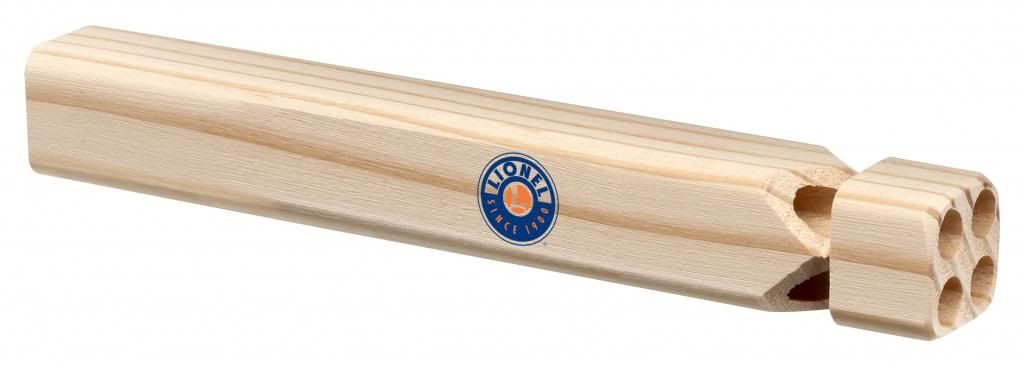Originally Posted by John Korling:
Originally Posted by Forrest Jerome:
For those who don't want quilling, run the engine in legacy using a CAB-1L and leave the quilling feature off, which you can do with a CAB-1L.
That was already brought up earlier in the thread. Per Rudy from Lionel:
"With a LEGACY remote or CAB-1L in quilling mode, your finger pressure or lever position will determine if there's any pitch variation. On a CAB1 and in conventional mode, you'll hear a mix of "medium" and "high" intensity whistle blows."
Based on that answer it sounds to me that there's still a quilling effect that happens even when you're not in "quilling mode," but there hasn't been clarification on that. If Lionel posts a separate video to demonstrate the whistle sans quilling mode that would probably help clarify it.
I'll try and clarify, so bear with me a moment.
Going back to Railsounds 2 or 2.5, Lionel locomotives have featured variety in whistle intensity. I think the original marketing term used was "multi-whistle," I'll use that in this post. Multi-Whistle gave each locomotive a louder and softer whistle. It worked the same in conventional transformer mode, or with an original CAB1. When stopped or moving slowly, you usually heard a softer whistle. When moving faster, you usually heard a louder whistle. This type of behavior persists to this day on Legacy locomotives.
With the introduction of CAB2 aka the LEGACY 990 command control set, the quilling whistle slider was added. We began shipping locomotives that responded to this new LEGACY command. When using the quilling whistle, there is no random element to the sustained intensity of each whistle blow--it is operator controlled. Quilling lets you continuously vary the intensity of the whistle within a single blow, or play a constant, sustained blow at the intensity of your choice.
However, Legacy locomotives must still work in conventional mode or with original CAB1 remotes, so they ALSO respond to an old-style horn command (or DC track-offset) with the original Multi-horn behavior.
Finally, to the question at hand. If one wanted to restrict the sound of a whistle to play at only a single intensity, you MUST use a CAB2 or CAB1L, with the quilling feature ON. I know this sounds counter-intuitive. But with the quilling on, YOU (the operator) are in complete control of the sound produced by the loco. If you don't want to hear anything but the full "loud whistle", you can do that--just be sure you always apply the full pull on the CAB2 whistle slider, or a hard press on a CAB-1L in quilling mode.
As Paul said in a earlier comment, "For me, a steamer with a quillable whistle offers a LOT more fun and play value than one that does not." This is our policy. Many modern diesel horns are button-operated in the cab and cannot be quilled in the real world. But we always include variety in the whistle intensity to add interest and play value. And because the quilling whistle feature puts the control of the sound entirely in the operators hands, those who prefer the prototypical behavior of a single-intensity whistle have that option available to them in the LEGACY command environment.






